The world of sound synthesis has always been about precision and nuance, and nowhere is this more evident than in the realm of ADSR envelope control. While most synthesizers offer coarse adjustments for Attack, Decay, Sustain, and Release parameters, the true magic happens when we dive into millisecond-level manipulation of these fundamental components. This granular control opens up sonic possibilities that simply can't be achieved with broader strokes.
Modern synthesizers have evolved to provide unprecedented precision in envelope shaping. Where vintage analog gear might have offered vague knob positions marked with arbitrary numbers, today's digital instruments and software plugins allow sound designers to specify envelope times down to the millisecond. This level of control is particularly crucial when crafting percussive sounds or when attempting to emulate real acoustic instruments where the exact timing of amplitude changes creates the illusion of physicality.
The attack phase benefits tremendously from millisecond precision. Consider the difference between a 3 ms and 5 ms attack on a plucked string emulation. That 2 ms variation can change the perception from a sharp pizzicato to a slightly softer finger pluck. In bass sounds, tightening the attack from 10 ms to 8 ms can mean the difference between a rounded, dub-style tone and a more aggressive techno thump. These subtle adjustments become particularly important when layering sounds in a mix, where minute timing differences help elements cut through or blend together.
Decay time manipulation at this resolution allows for incredibly detailed shaping of a sound's body. The transition from peak amplitude to sustain level might need to be precisely 127 ms rather than "about an eighth note" to sit perfectly in a fast-paced musical passage. When designing snappy synth bass sounds, reducing decay time from 50 ms to 45 ms can dramatically increase the perceived tightness of the rhythm part without making the sound unnaturally short.
Sustain level, while not time-based, still benefits from precise control in percentage points that correlate with millisecond-accurate envelope segments. The exact moment when a decaying sound reaches its sustain plateau affects how we perceive the envelope's shape. In pad sounds, getting this transition exactly right can mean the difference between a static, lifeless tone and one that breathes with organic movement.
Release time manipulation at the millisecond level proves essential for professional sound design. Consider a cinematic percussion hit where the difference between a 750 ms and 800 ms release determines whether the tail gets masked by the next hit in a rapid sequence. In polyphonic playing, precise release times help prevent muddiness while maintaining legato smoothness. The ability to specify that a sound should completely fade out in 1,250 ms rather than "a bit over a second" makes all the difference in mix situations.
Advanced synthesizers now offer envelope time scaling with key tracking, where millisecond values can be made proportional to pitch. This allows for more natural emulations of acoustic instruments where higher notes typically have shorter envelopes. The ability to specify that attack time should increase by 0.5 ms per semitone creates incredibly playable virtual instruments that respond like their physical counterparts.
In modular synthesis, the combination of millisecond-precise envelope generators with other timing-sensitive modules opens new creative avenues. When syncing envelope times to clock divisions at various tempos, being able to dial in exact values ensures perfect timing regardless of tempo changes. This precision becomes crucial when using envelopes to modulate parameters beyond amplitude, such as filter cutoff or pitch, where timing irregularities become immediately noticeable.
The psychological impact of millisecond-level adjustments shouldn't be underestimated. While many of these time differences fall below the threshold of conscious perception, they accumulate to create noticeable changes in a sound's character. A synth brass patch might feel "right" at 23 ms attack and "wrong" at 25 ms, even though most listeners couldn't articulate the difference. This phenomenon explains why professional sound designers often obsess over these tiny adjustments - they're working at the edge of perceptual thresholds where magic happens.
As synthesis technology continues advancing, we're seeing even more sophisticated envelope controls emerge. Some instruments now offer microsecond resolution for the initial attack segment, recognizing that the very beginning of a sound's amplitude curve has disproportionate importance in timbral perception. Others provide graphical envelope editing with bezier curves where control points can be placed with sample-accurate precision, blurring the line between synthesis and sampling.
The move toward millisecond-precise ADSR control represents more than just technical progress - it reflects a growing understanding of how subtle temporal variations affect our emotional response to sound. Whether crafting the perfect synth lead that cuts through a mix without being harsh, or designing evolving pads that seem to breathe with life, these tiny increments of time have become essential tools in the modern sound designer's arsenal. As we continue pushing the boundaries of electronic music production, this level of control will likely become standard across all levels of synthesizers, from entry-level to professional instruments.
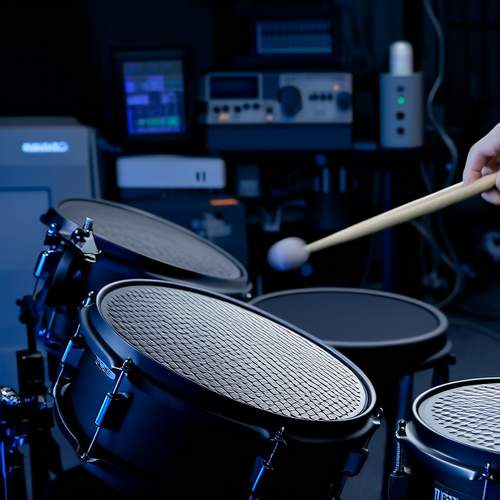
By /May 30, 2025
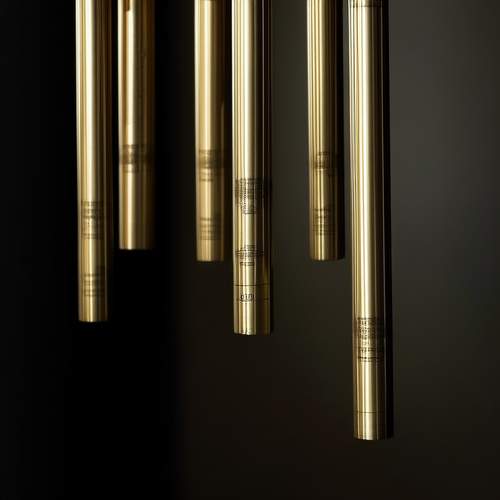
By /May 30, 2025
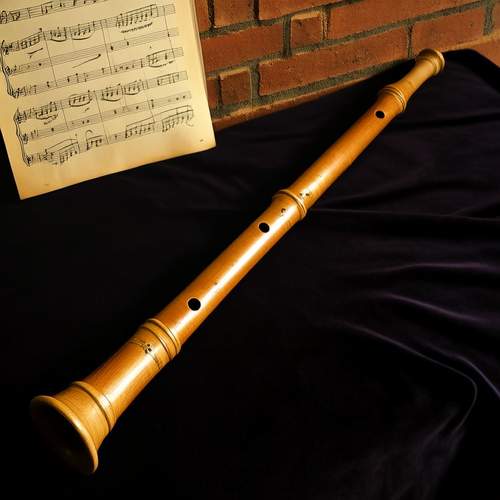
By /May 30, 2025

By /May 30, 2025
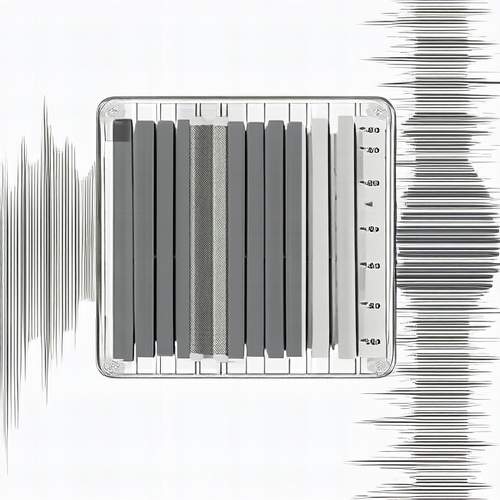
By /May 30, 2025

By /May 30, 2025
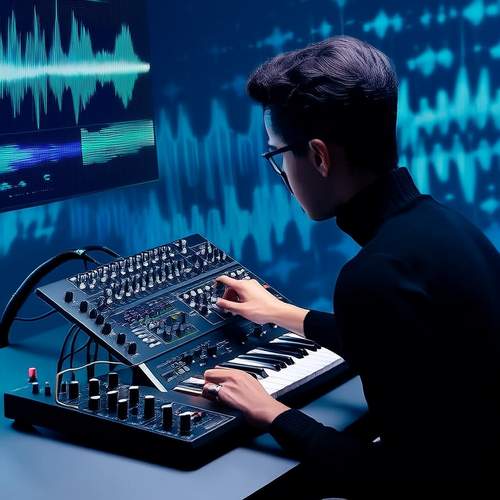
By /May 30, 2025

By /May 30, 2025
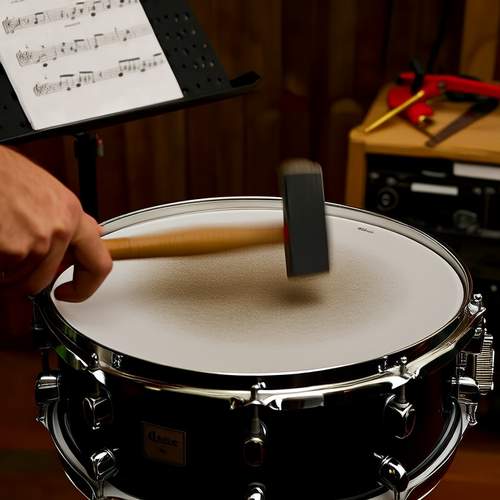
By /May 30, 2025
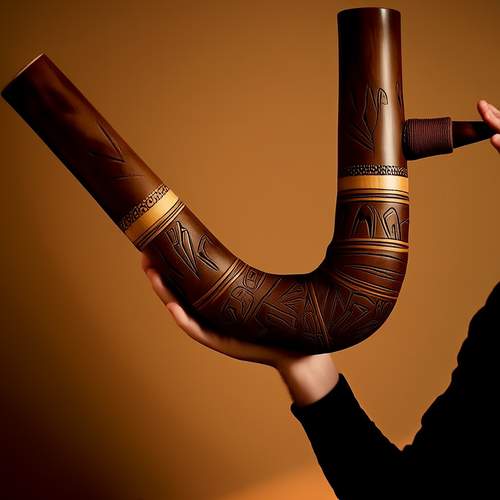
By /May 30, 2025

By /May 30, 2025

By /May 30, 2025

By /May 30, 2025

By /May 30, 2025
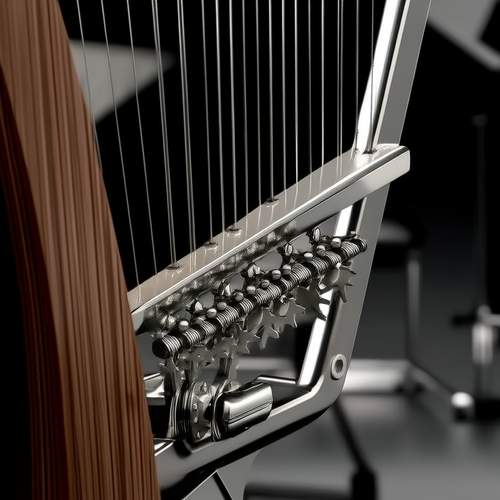
By /May 30, 2025

By /May 30, 2025

By /May 30, 2025
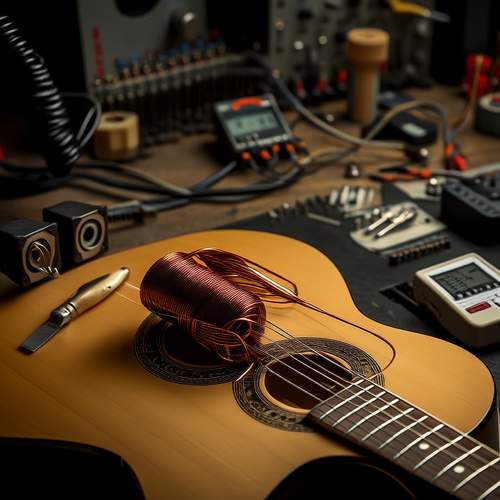
By /May 30, 2025
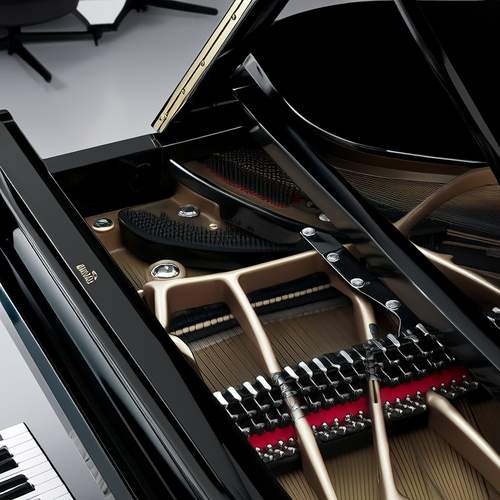
By /May 30, 2025

By /May 30, 2025